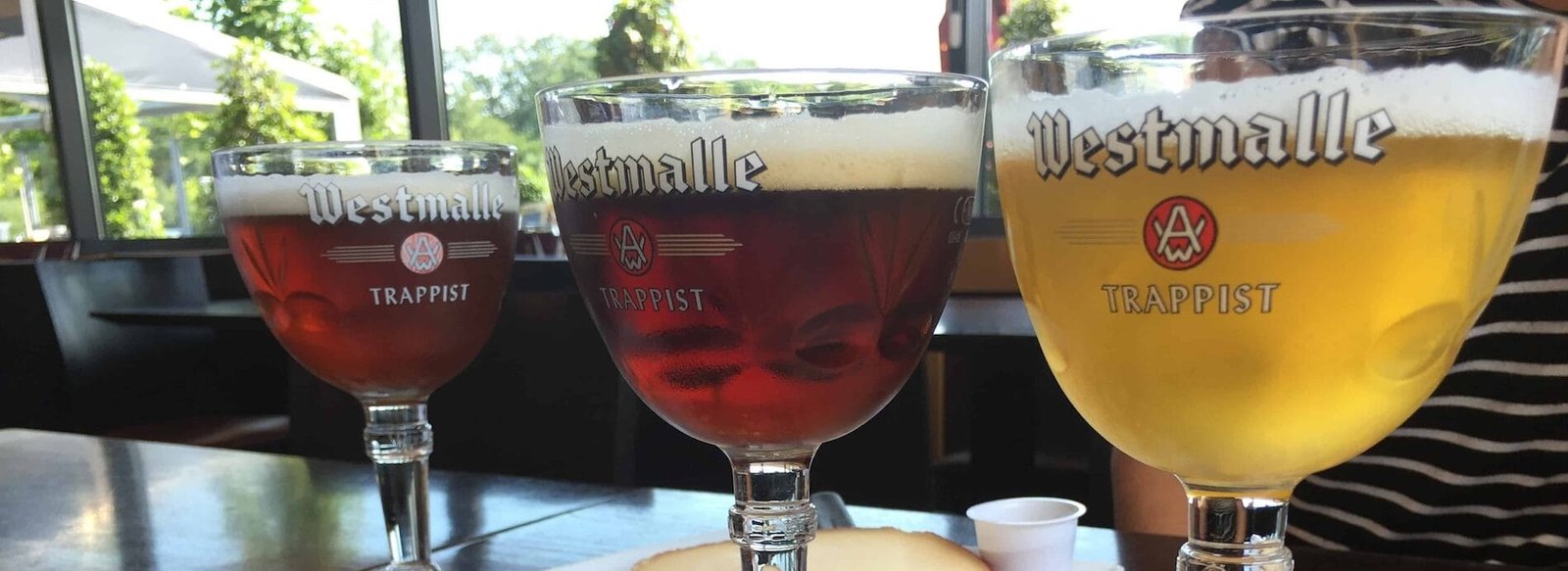When it comes to the world of beer, two styles that often pique the interest of enthusiasts are Belgian Pale Ale and English Bitter. While both belong to the broader category of ales, they exhibit distinct characteristics that reflect their unique brewing traditions, ingredients, and flavor profiles. This article delves into the nuances that differentiate these two styles, offering insights into their origins, brewing methods, and tasting notes.
Historical Context
To appreciate the differences between Belgian Pale Ale and English Bitter, it is essential to understand their historical backgrounds.
Belgian Pale Ale has its roots in the brewing traditions of Belgium, a country renowned for its diverse beer styles. The history of brewing in Belgium dates back centuries, with monks playing a significant role in the development of various ales. Belgian Pale Ales emerged as a lighter, more approachable alternative to the darker, stronger beers that were prevalent at the time.
On the other hand, English Bitter has its origins in England, particularly during the 19th century. The term “bitter” refers to the beer’s hop-forward character, which was a response to the growing popularity of pale ales. English Bitter was designed to be a sessionable beer, meant to be enjoyed in pubs over extended periods. The style evolved as brewers experimented with different hop varieties and malt profiles, leading to the creation of a beer that balanced bitterness with malt sweetness.
Ingredients and Brewing Techniques
The ingredients used in brewing Belgian Pale Ale and English Bitter play a crucial role in defining their respective flavors.
Malts:
Belgian Pale Ales typically utilize pale malts, which provide a light, biscuity base. Some brewers may incorporate caramel malts for added sweetness and complexity. The malt profile is generally lighter than that of English Bitter, which often features a combination of pale malts and crystal malts. Crystal malts contribute to the beer’s caramel notes and enhance its body, resulting in a richer mouthfeel.
Hops:
Hops are another critical component that distinguishes these two styles. Belgian Pale Ales often use noble hop varieties, which impart a mild bitterness and floral or spicy aromas. The hop character is typically subdued, allowing the yeast and malt flavors to shine. In contrast, English Bitter is known for its pronounced hop bitterness, which comes from the use of traditional English hop varieties like Fuggle and East Kent Goldings. These hops provide earthy, herbal, and floral notes that complement the malt sweetness.
Yeast:
Yeast selection is perhaps the most significant factor that sets these two styles apart. Belgian Pale Ales are fermented with unique Belgian yeast strains, which contribute fruity esters and spicy phenols to the beer. This yeast character is a hallmark of Belgian brewing and adds complexity to the flavor profile. In contrast, English Bitter is fermented with English ale yeast, which tends to produce a cleaner, more subdued profile, allowing the malt and hop characteristics to take center stage.
Flavor Profiles
The flavor profiles of Belgian Pale Ale and English Bitter are where the most noticeable differences emerge.
Belgian Pale Ale is characterized by a light to medium body, with a moderate alcohol content typically ranging from 4.5% to 6.5% ABV. The flavor is often fruity, with notes of pear, apple, or citrus, complemented by a subtle spiciness from the yeast. The malt backbone provides a gentle sweetness, while the hop bitterness is usually low to moderate. The finish is often dry, leaving a refreshing aftertaste that invites another sip.
In contrast, English Bitter presents a more robust flavor profile. The body is medium, with an alcohol content generally between 3.2% and 5.5% ABV. The malt character is more pronounced, showcasing caramel and toasty notes that balance the hop bitterness. The bitterness level can vary, but it typically ranges from moderate to high, providing a crisp, clean finish. The hop flavors are earthy and herbal, with a slight floral aroma that enhances the overall experience.
Appearance and Aroma
The visual aspects of these two styles also differ, contributing to their unique identities.
Belgian Pale Ale usually has a golden to amber hue, with a moderate to high level of carbonation that results in a frothy white head. The clarity can vary, with some examples being slightly hazy due to yeast or sediment. The aroma is often fruity and spicy, with notes of citrus, banana, and clove, reflecting the influence of the yeast.
English Bitter, on the other hand, typically ranges from amber to copper in color, with a more subdued carbonation level. The head is usually off-white and may dissipate quickly. The aroma is dominated by malt sweetness, with hints of caramel and toffee, balanced by the earthy and floral notes of the hops.
Serving and Pairing
When it comes to serving and food pairings, both Belgian Pale Ale and English Bitter offer versatile options.
Belgian Pale Ale is best served in a tulip or snifter glass, allowing the aromas to concentrate and enhancing the drinking experience. It pairs well with a variety of foods, including lighter fare like salads, seafood, and poultry. The fruity and spicy notes of the beer complement dishes with citrus-based sauces or herbs, making it a refreshing choice for warm weather.
English Bitter is traditionally served in a pint glass or a nonic glass, which helps to showcase its color and aroma. It is an excellent companion for pub fare, such as fish and chips, shepherd’s pie, or bangers and mash. The beer’s bitterness cuts through rich, hearty dishes, while its malt sweetness balances the flavors.
Understanding the Distinctions Between Belgian Pale Ale and English Bitter
In summary, while Belgian Pale Ale and English Bitter share a common foundation as ales, they diverge significantly in their ingredients, brewing techniques, flavor profiles, and historical contexts. Belgian Pale Ale is characterized by its fruity and spicy yeast character, light malt profile, and moderate hop bitterness, while English Bitter showcases a more robust malt backbone, pronounced hop bitterness, and a cleaner yeast profile.
Understanding these differences not only enhances your appreciation of each style but also enriches your overall beer-drinking experience. Whether you prefer the refreshing qualities of a Belgian Pale Ale or the balanced bitterness of an English Bitter, both styles offer unique insights into the art of brewing and the rich tapestry of beer culture. So, the next time you find yourself in a pub or craft beer shop, take a moment to explore these two distinctive styles and savor the flavors they bring to the table.

